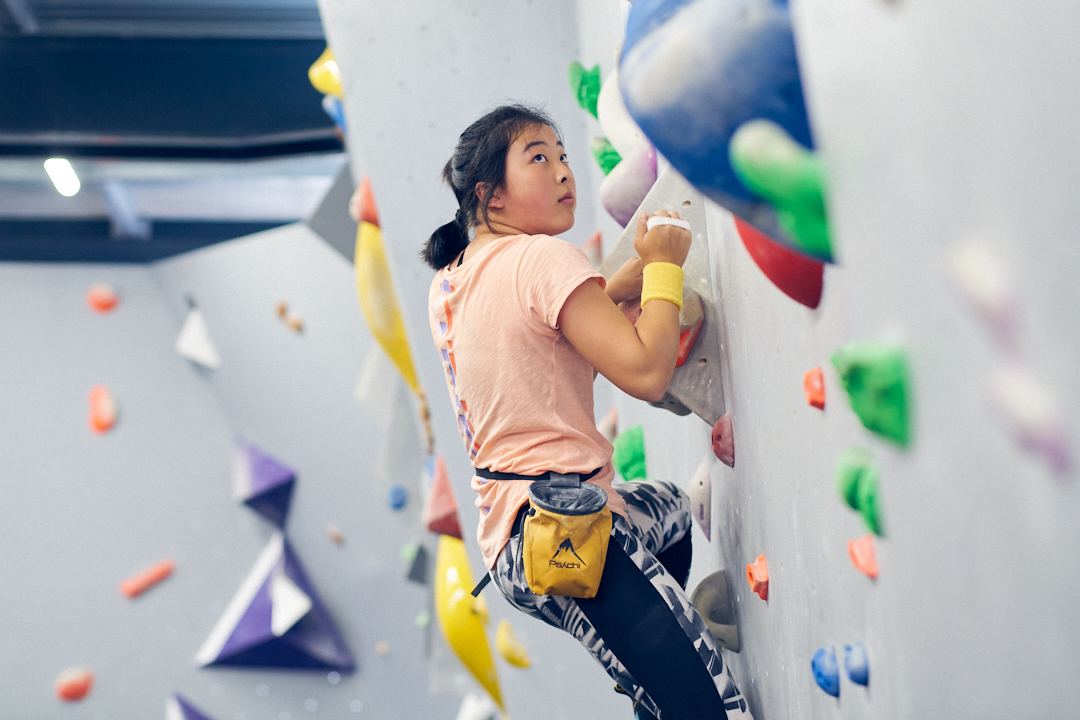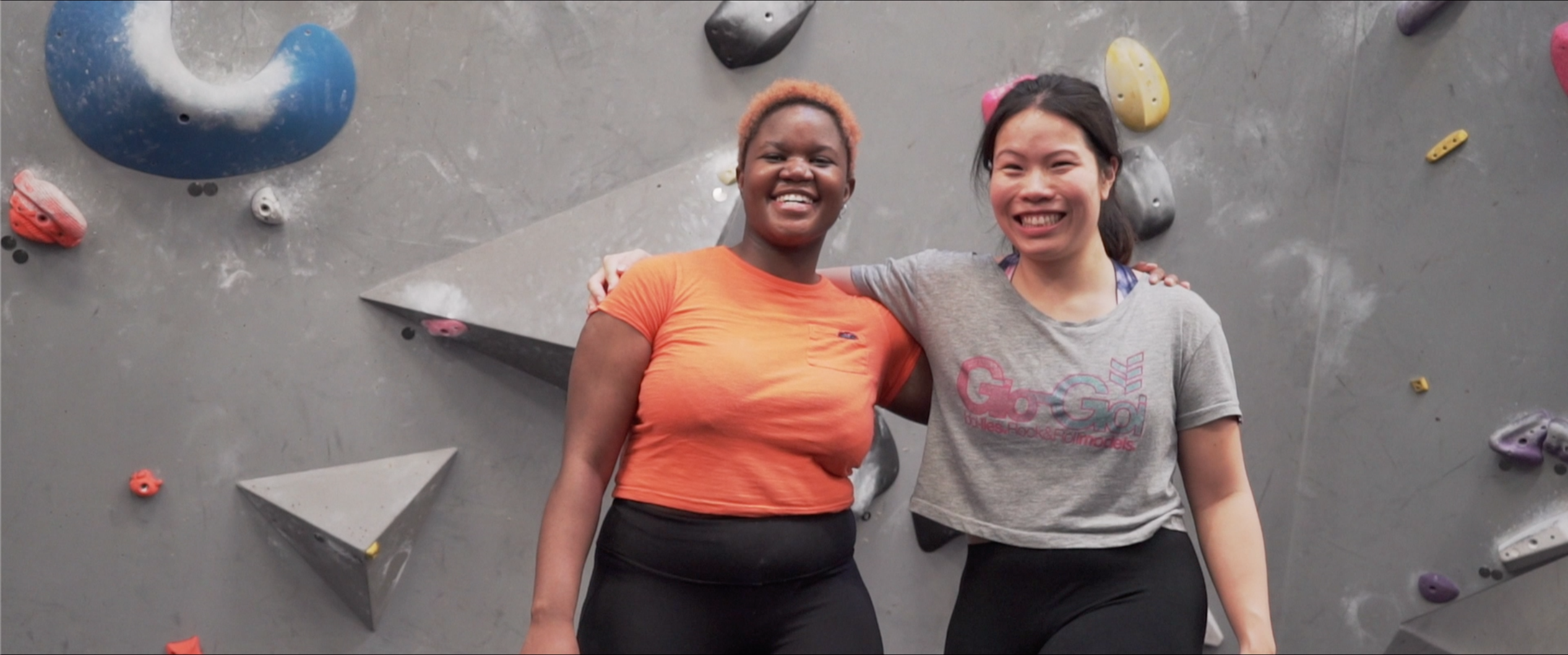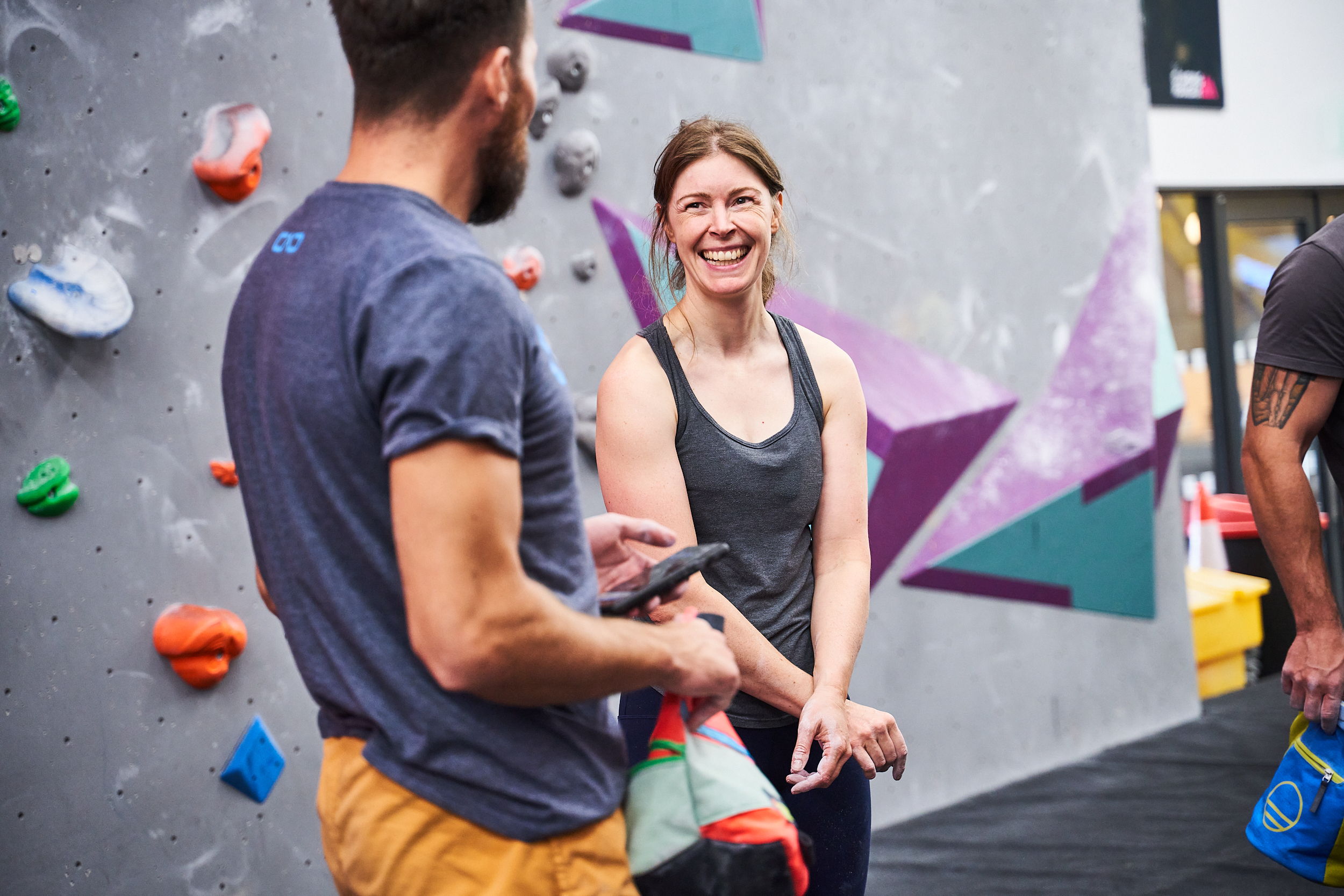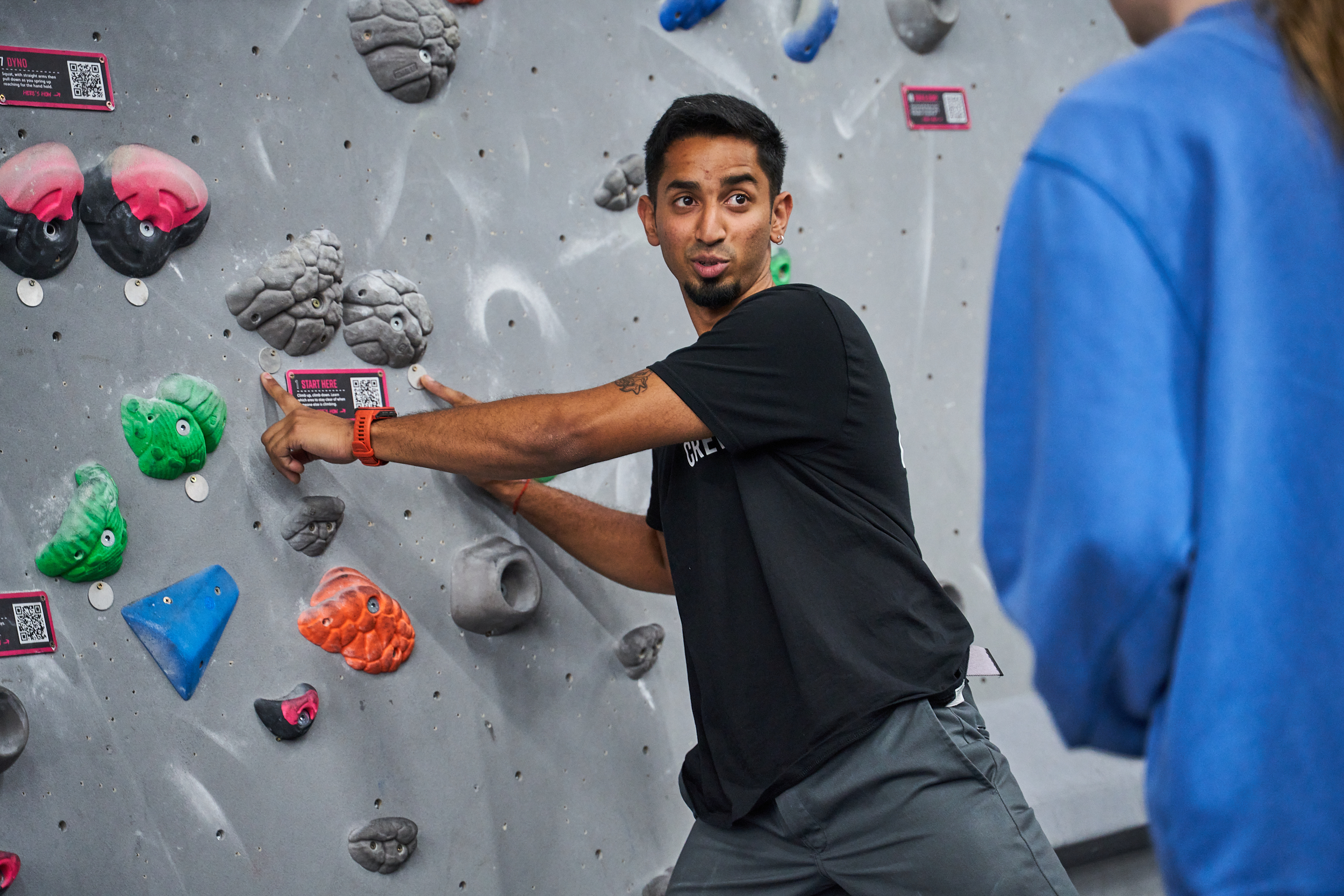As we step into the new year, you might have set some resolutions or goals for what you want to accomplish in the months ahead. But have you thought about what you’d like to achieve on the wall or getting out on rock this year? Whether you’re a climbing newbie or a seasoned pro, one of the most effective ways to achieve your climbing potential is by setting clear, actionable goals. But how do you ensure your goals are the right ones, and how do you keep track of your progress and stay motivated? Here is where creating SMART climbing goals can help.
SMART goals can transform vague intentions into clear, achievable targets. Whether you’re aiming to improve your indoor climbing grade, master a new technique, or conquer a challenging route on rock, the SMART system can guide you towards success. Let's take a look at how to apply SMART goals to your climbing journey.

What Are SMART Goals?
- Specific – Define Exactly What You Want to Achieve
A specific goal is one that is clear and detailed. Instead of saying "I want to get better at climbing," try to define exactly what area you want to improve, by asking yourself:
- What exactly do I want to accomplish?
- What climbing techniques do I want to focus on?
- What type of climbing am I working on (e.g. indoor climbing or rock climbing, and bouldering, sport climbing, speed climbing, or trad climbing)?
A vague goal would be “to get better at climbing”, whereas a specific climbing goal would be “I want to consistently climb purples at The Hangar with proper technique”.
Being specific will help you to stay focused and avoid feeling overwhelmed by a general, unmeasurable goal.

- Measurable – Track Your Progress
A measurable goal allows you to track your progress and see how far you’ve come. You need a concrete way to evaluate your success. In climbing, measurable goals could include things like the grade you’re climbing at, the number of days you spend climbing each week, or the specific skills you want to improve.
Examples of measurable climbing goals include:
- Climb five white boulders at The Hangar.
- Attend two Learn to Climb classes.
- Build endurance by climbing all orange boulders in one session.
Measuring your climbing goals gives you a sense of achievement, whether it's logging your climbs in an app, keeping a journal, or tracking which grades you climb in a session.

- Achievable – Be Realistic About What You Can Accomplish
Setting an achievable goal is about knowing your current capabilities and making sure that the goal you set is within reach, but still challenging. While it's important to push yourself, setting a goal that’s too far out of reach can cause frustration and burnout.
Consider things like:
- Your current climbing level.
- The time you have available to train each week.
- Your physical and mental readiness for harder climbs.
For example, if you’re currently climbing blues, then setting a goal to top a white within the next month might not be realistic. Instead, aim to progress gradually, with a goal such as “climb five purples within the next month, focusing on improving my technique and finger strength”. Small steps can lead to lasting improvements!

- Relevant – Ensure the Goal Aligns with Your Personal Climbing Journey
Your goals should align with what you want to achieve in the long term. Think about why the goal is important to you. A relevant goal should be something that resonates with your passion for climbing.
For example:
- If you're a competitive boulderer, your relevant goal might be to improve your power and technique in dynamic, comp-style problems.
- If you’re focused on outdoor climbing, your relevant goal might be to tick off a multi-pitch trad route.
A goal that fits within the broader context of your climbing journey will keep you motivated and focused.

- Time-bound – Set a Deadline to Stay on Track
A time-bound goal has a deadline or timeframe for completion. Without a deadline, it’s easy to procrastinate or get sidetracked. Having a clear end date pushes you to take consistent action towards achieving your goal.
By setting a timeframe, you create a sense of urgency and commitment, which can drive you to work harder and achieve your goal within that period.

Putting It All Together: A SMART Climbing Goal
Here’s an example of a SMART climbing goal:
“I want to top a red boulder problem at The Climbing Hangar in the next 8 weeks. I will climb indoors three times a week, focusing on finger strength, technique, and flexibility, and track my progress in my climbing journal. I’ll know I’ve succeeded when I can complete my first red!”

Tips for Staying on Track
- Review and adjust: Regularly assess your progress. If you’re not moving forward as quickly as expected, consider adjusting your training plan or timeline.
- Break it down: Divide your larger goals into smaller milestones. For example, if you want to become a slab master, you might start by working on your footwork and doing exercises that help to improve your balance on the wall.
- Stay flexible: Sometimes life gets in the way, or progress may not follow a straight line. Be open to adjusting your goals when necessary, but always keep the bigger picture in mind.

The End Goal
Setting SMART goals is a powerful way to take your climbing to the next level. By making your goals Specific, Measurable, Achievable, Relevant, and Time-bound, you give yourself a clear roadmap to success. Remember that every climber's journey is unique, and progress comes with patience and persistence.
So, grab your chalk bag, write down your goals, and go climbing. You’ve got this!
